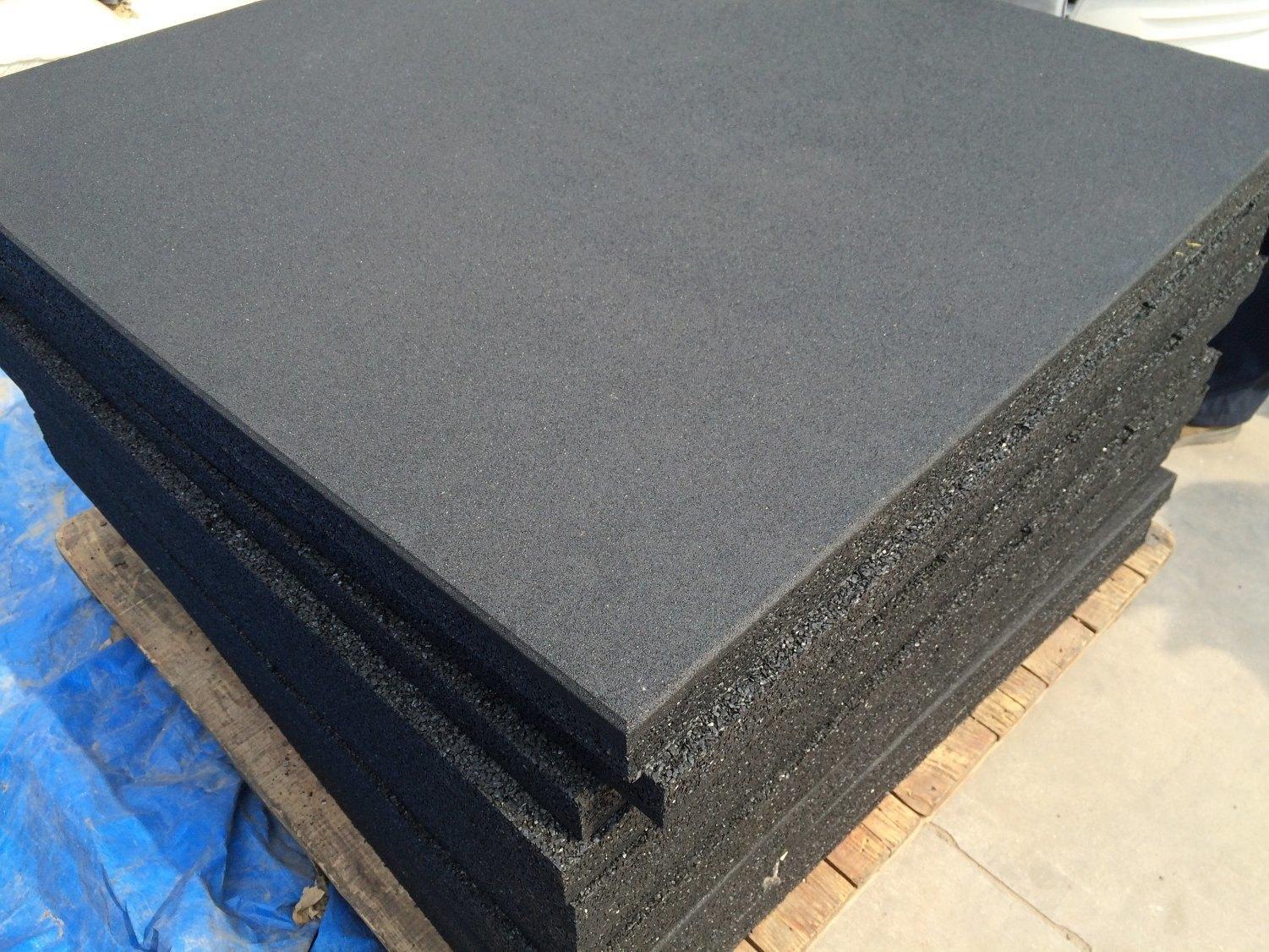Rubber flooring has gained significant popularity in recent years as a versatile and durable option for various commercial, industrial, and residential spaces. This type of flooring offers a range of benefits, from its exceptional durability to its slip-resistant properties. Whether used in gyms, hospitals, schools, or even residential kitchens, Rubber flooring provides a comfortable and resilient surface that can withstand heavy foot traffic, spills, and other challenges. In this article, we will explore the features and advantages of rubber flooring, along with key tips for maintaining and caring for it to ensure its longevity and performance over time.
The Advantages of Rubber Flooring
-
Durability and Resilience: Rubber flooring is renowned for its exceptional durability. It can endure heavy loads, impact, and foot traffic without showing signs of wear and tear as quickly as other flooring materials. This makes it an ideal choice for high-traffic areas such as schools, gyms, and commercial spaces.
-
Comfort and Impact Absorption: One of the standout features of rubber flooring is its cushioning effect. It offers a comfortable and forgiving surface, making it a preferred choice for settings where people might stand for extended periods, such as fitness centers or assembly lines. This impact absorption also contributes to the reduction of potential injuries from falls.
-
Slip-Resistance: Rubber flooring is naturally slip-resistant due to its texture and composition. This feature makes it an excellent option for spaces where spills are common, like kitchens and bathrooms. The slip-resistant quality enhances safety and reduces the risk of accidents.
-
Noise Reduction: Rubber flooring has sound-absorbing properties that can help reduce noise levels in busy environments. This is particularly advantageous in commercial settings where noise reduction can create a more comfortable and pleasant atmosphere for both employees and customers.
-
Low Maintenance: Rubber flooring is relatively easy to maintain. Its surface is resistant to stains and most chemicals, simplifying the cleaning process. Additionally, its durability means that it requires less frequent replacement compared to other types of flooring.
Key Tips for Maintaining and Caring for Rubber Flooring
-
Regular Cleaning Routine: Establishing a consistent cleaning routine is crucial for maintaining the appearance and longevity of rubber flooring. Sweep or vacuum the floor daily to remove dirt, dust, and debris. Use a soft-bristle broom or vacuum with a brush attachment to prevent scratching the surface.
-
Mild Cleaning Solutions: For routine cleaning, use a mild, pH-neutral cleaner diluted in water. Avoid harsh chemicals, abrasive cleaners, and products containing solvents, as they can damage the rubber material over time. Test any new cleaning solution in a small, inconspicuous area before applying it to the entire floor.
-
Prompt Spill Cleanup: While rubber flooring is resistant to many substances, it’s still essential to promptly clean up spills to prevent potential staining or damage. Use a damp, clean cloth to wipe away spills, and follow up with a gentle cleaning solution if necessary.
-
Avoid Excessive Moisture: While rubber flooring is water-resistant, prolonged exposure to standing water can affect its adhesive properties and lead to warping. It’s advisable to place mats near entrances to trap excess moisture and prevent it from spreading onto the rubber floor.
-
Use Non-Abrasive Tools: When scrubbing or removing tough stains, opt for non-abrasive tools such as soft brushes or microfiber cloths. Abrasive scrubbers or pads can scratch the surface of the rubber flooring and compromise its appearance.
-
Regular Inspections: Periodically inspect the rubber flooring for any signs of damage, wear, or loosening edges. Address any issues promptly to prevent further deterioration. Replace damaged tiles or sections as needed to maintain the integrity of the floor.
-
Avoid Heavy Furniture: If you need to move furniture or heavy equipment across the rubber flooring, use furniture sliders or protective mats to prevent dragging and scratching. This precaution helps preserve the surface and extends its lifespan.
-
UV Protection: If the rubber flooring is exposed to direct sunlight, consider using window coverings or UV-resistant films to prevent fading and discoloration over time. UV rays can gradually affect the appearance and performance of rubber materials.
-
Professional Maintenance: Periodically, consider hiring a professional cleaning and maintenance service that specializes in rubber flooring. Professionals have the expertise and appropriate equipment to deep clean and rejuvenate the flooring without causing damage.
In Conclusion
Rubber flooring has proven its worth in various environments due to its durability, comfort, slip resistance, and low maintenance requirements. By following these key tips for maintaining and caring for rubber flooring, you can ensure that it retains its attractive appearance and performance for years to come. Regular cleaning, cautious handling of furniture, and prompt attention to spills are essential practices that contribute to the longevity of your rubber flooring investment. Whether in a bustling gym or a quiet residential kitchen, rubber flooring offers both aesthetic appeal and functional benefits that make it a top choice for many settings.
Find reputable Sports Equipment Suppliers in UAE for quality sports floorings.



